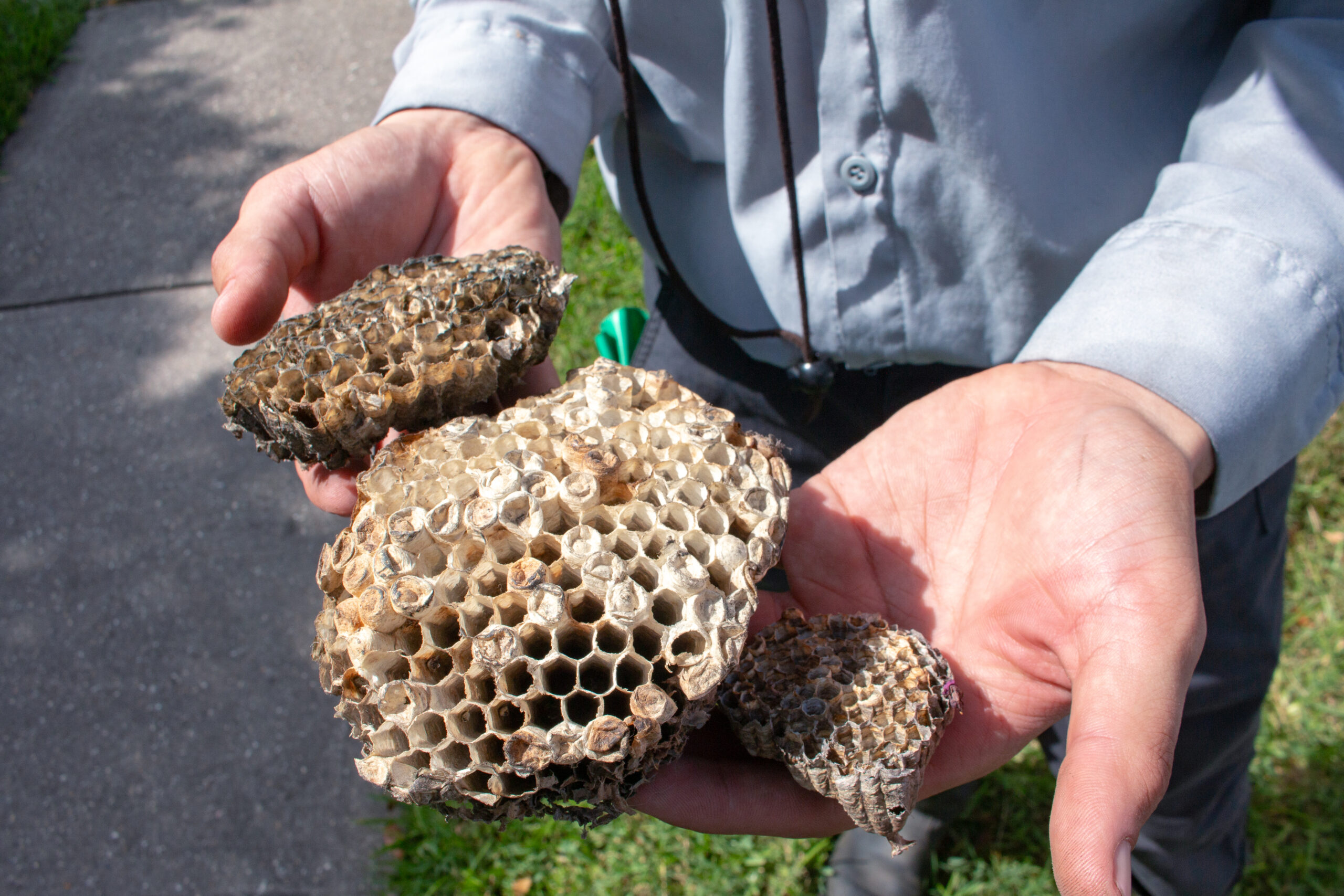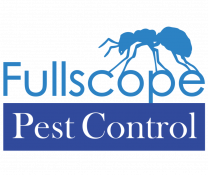
Key Highlights
- Fire ants can be a serious nuisance, causing damage to property and posing health risks.
- It is important to identify and understand the different species of fire ants to effectively control them.
- Fire ant colonies consist of winged males, reproductive females, and worker ants.
- Recognizing the signs of fire ant infestation and understanding the potential damage they can cause is crucial.
- FullScope offers an integrated approach to fire ant control, including initial assessment, planning, and various control methods such as biological control, cultural control, and chemical solutions.
Introduction
Fire ants, particularly the red imported fire ant (Solenopsis invicta), are a well-known and troublesome aggressive pest in many parts of the southeastern United States. They are aggressive and their painful stings can cause serious pain and injury to humans and animals. Additionally, fire ant infestations can cause damage to property, interfere with activities on golf courses, and be unsightly in home lawns.
Controlling fire ants can be challenging, but with the right approach, it is possible to effectively manage these pests. Understanding the behavior and lifecycle of fire ants is crucial in developing an effective control strategy. It is also important to recognize the signs of fire ant infestation and the potential damage they can cause.
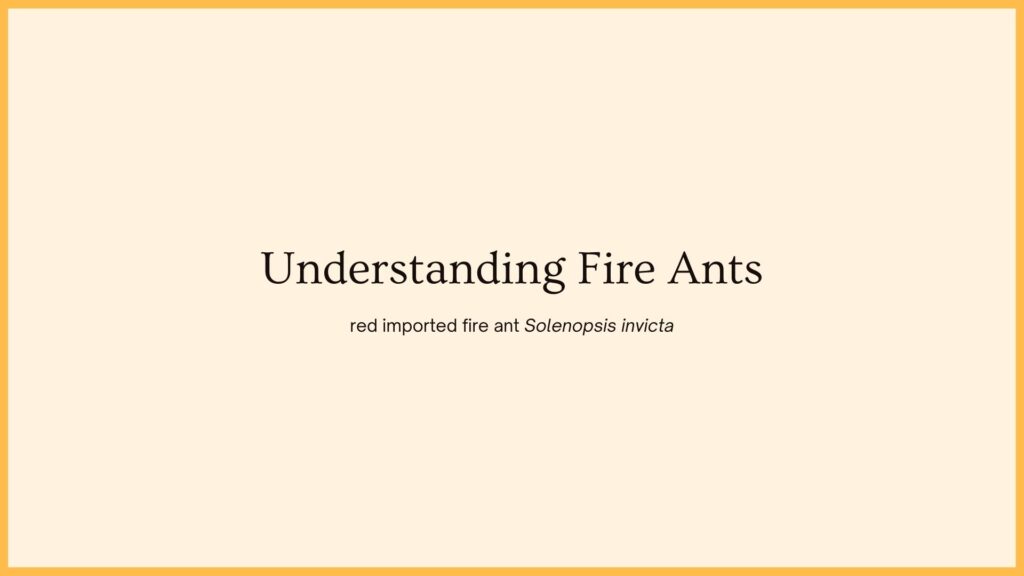
At FullScope, we offer a comprehensive approach to fire ant control. Our services include an initial assessment and planning stage, where we identify the extent of the infestation and develop a customized control plan. We utilize integrated pest management strategies, including biological control, cultural control, and chemical solutions, to effectively eliminate fire ants and prevent future infestations.
In this blog, we will explore the different methods of fire ant control that work, from cultural and biological control options to chemical solutions. We will also address frequently asked questions about fire ant control and provide tips for preventive measures and ongoing maintenance.
Understanding Fire Ants
Fire ants, specifically the red imported fire ant (Solenopsis invicta), are aggressive ants that can cause significant problems in both urban and agricultural areas. They are known for their painful stings, which can cause severe pain, itching, and swelling. Fire ants are omnivorous and feed on plants, insects, oils, and sugars. They prefer open, sunny areas and form colonies with winged males, reproductive females, and worker ants. It is important to understand the behavior and biology of fire ants in order to effectively control them.
Identifying Common Fire Ant Species
The red imported fire ant (Solenopsis invicta) is the most common species of fire ant in the southeastern United States. They are reddish-brown in color with shiny, dark abdomens and have two bumps between the thorax and abdomen. This species is known for its aggressive behavior and painful stings.
While the red imported fire ant is the most prevalent species, there are other species of fire ants as well, such as the black imported fire ant (Solenopsis richteri) and the tropical fire ant (Solenopsis geminata). These species have similar behavior and can also cause damage and pose health risks. Identifying the specific species of fire ant is important for effective control measures.
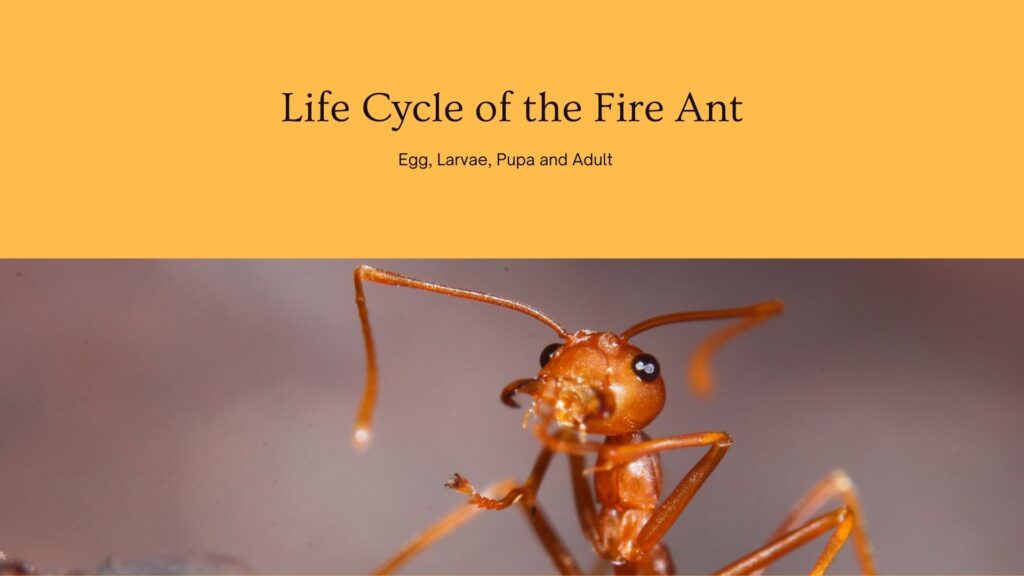
The Lifecycle of Fire Ants
Fire ants have a complex lifecycle that includes different stages of development. A fire ant colony consists of three main types of ants: winged males, reproductive females, and worker ants. The winged males and reproductive females mate in flight, and the females establish new colonies by digging chambers in the soil for their eggs.
The eggs hatch into larvae, which develop for 7-10 days before pupating. After the pupal stage, adult ants emerge. Worker ants are wingless, sterile females that perform various tasks within the colony, such as caring for the brood, foraging for food, and defending the nest.
Understanding the lifecycle of fire ants is important for effective control measures. By targeting the reproductive individuals and disrupting the development of the brood, it is possible to eliminate fire ant colonies and prevent future infestations.
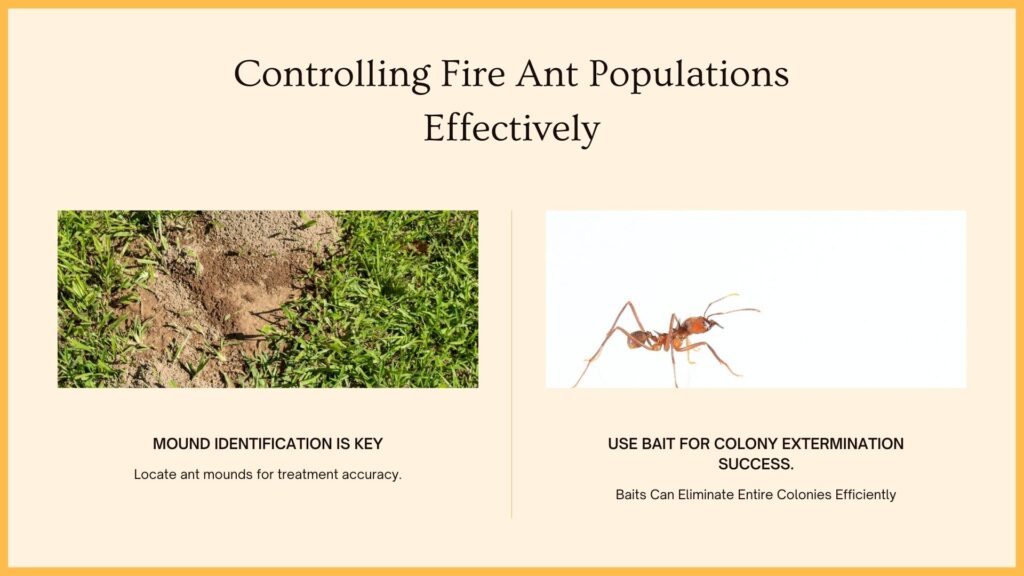
The Impact of Fire Ants on Your Property
Fire ant infestations can have a significant impact on your property. The mounds they build can interfere with activities on golf courses, damage equipment, and be unsightly in home lawns. Fire ants can also cause damage to plants, as they feed on both plant matter and insects.
In addition to the physical damage they can cause, fire ants also pose health risks. Their painful stings can cause severe pain, itching, and swelling. Some individuals may also have allergic reactions to fire ant stings, which can lead to anaphylactic shock. It is important to address fire ant infestations promptly to protect your property and reduce the risk of stings.
Recognizing the Signs of Fire Ant Infestation
Recognizing the signs of fire ant infestation is crucial for effective control measures. The most obvious sign is the presence of fire ant mounds, which are typically built in open, sunny areas. These mounds can vary in size, but they are usually dome-shaped and made of loose soil.
Another sign of fire ant infestation is the presence of worker ants foraging for food. They can be seen traveling in trails, particularly after rain or during cooler weather. Fire ant bait can be used to attract and eliminate worker ants.
It is also important to note that fire ants can establish satellite colonies near the main colony. These satellite colonies can be smaller and may not have visible mounds. However, they can still pose a threat and should be treated along with the main colony.
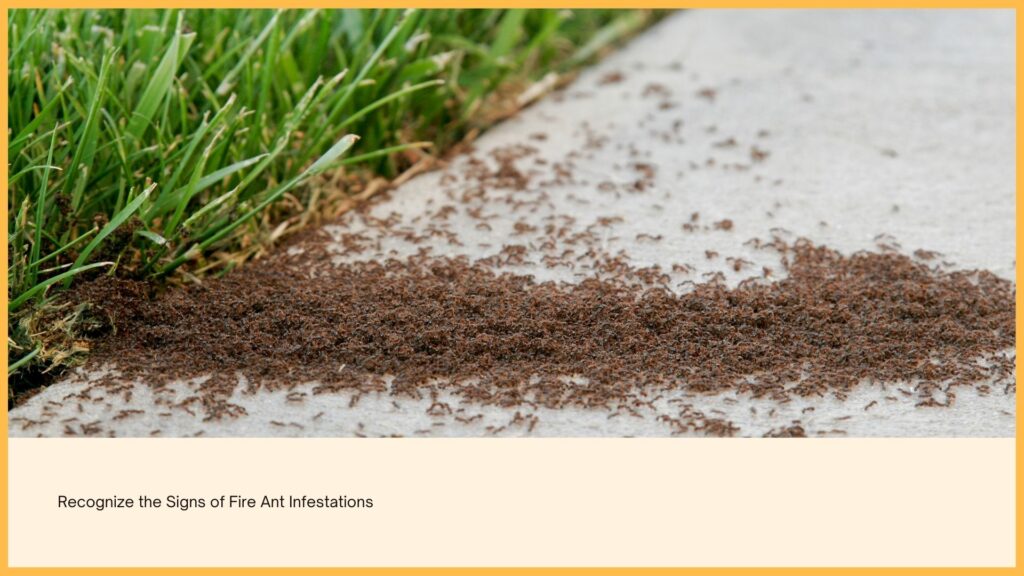
Potential Damage and Risks to Human Health
Fire ants can cause a range of health problems, particularly through their painful stings. Some potential risks to human health include:
- Pain, itching, and swelling at the sting site
- Allergic reactions, which can range from mild to severe
- Anaphylactic shock in some individuals, which is a severe allergic reaction that can be life-threatening
It is important to note that children and individuals with allergies or compromised immune systems are particularly at risk. Fire ant stings should be taken seriously and prompt medical attention should be sought if severe symptoms, such as difficulty breathing or swelling of the face or throat, occur.
Preventing fire ant stings and addressing infestations promptly can help reduce the risk of health problems associated with fire ants.
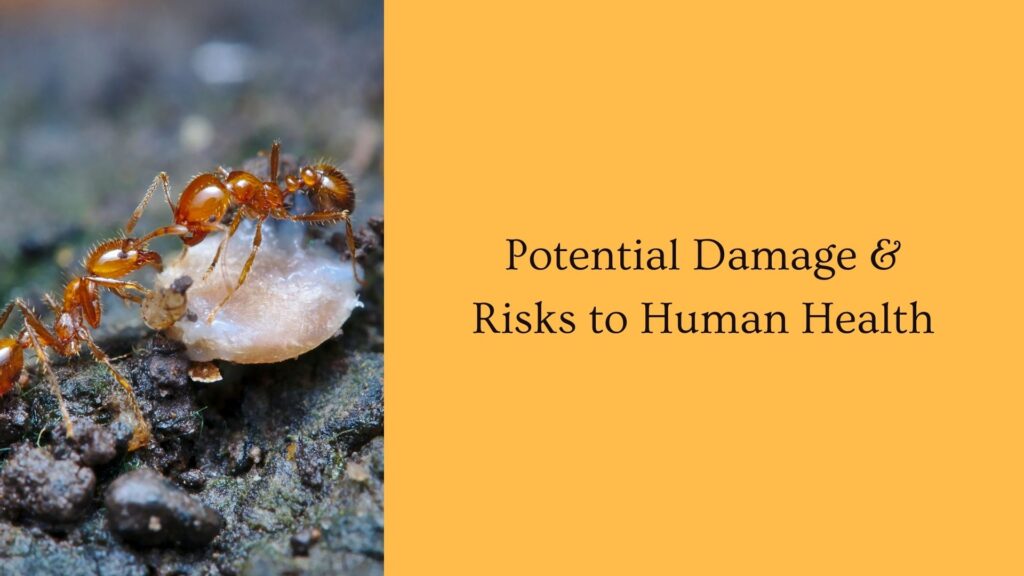
FullScope’s Approach to Fire Ant Control
FullScope Pest Control takes a comprehensive approach to fire ant control, focusing on effective strategies for long-term eradication. Our approach includes:
- Initial assessment and planning: We assess the extent of fire ant infestations and develop a tailored plan for eradication.
- Integrated pest management strategies: We employ a combination of cultural, biological, and chemical control methods to ensure the most effective and environmentally friendly solutions.
- Cultural control methods: We make landscaping adjustments and promote proper sanitation practices to deter fire ants and reduce their attraction to your yard.
- Biological control options: We utilize beneficial insects and natural predators to target fire ant populations.
- Chemical control solutions: We employ safe and targeted insecticides, including mound treatments and broadcast applications, to eliminate fire ants.
- Preventive measures and ongoing monitoring: We provide guidance on preventive measures and conduct regular reassessments to maintain a fire ant-free environment.
- Initial Assessment and Planning
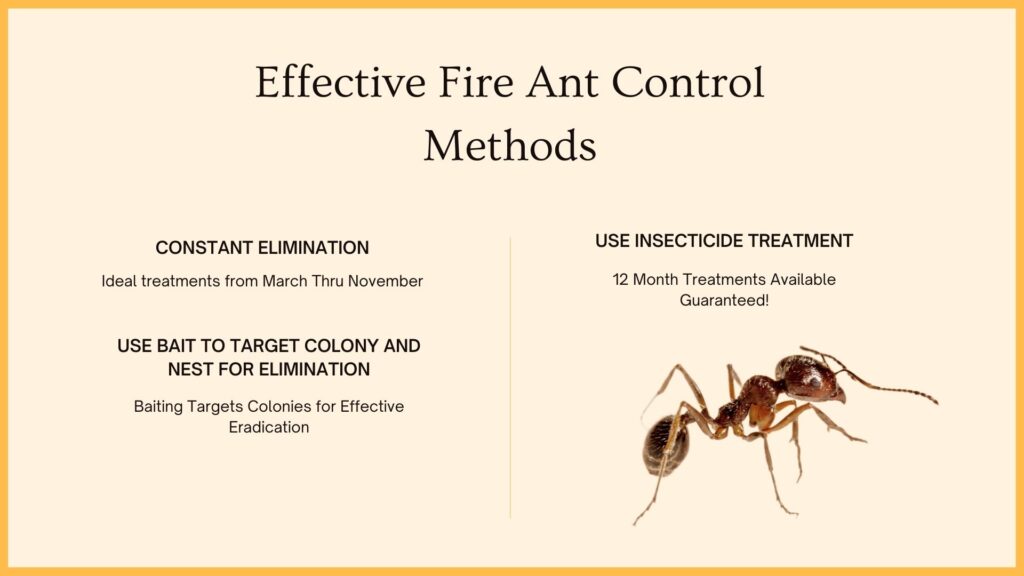
When it comes to fire ant control, an initial assessment is crucial. FullScope Pest Control conducts a thorough evaluation of your property to determine the extent of fire ant infestations and identify high-risk areas. This assessment allows us to develop a customized plan for effective eradication.
During the initial assessment, our pest control experts will:
- Identify fire ant mounds: We locate and map out fire ant mounds to understand the scope of the infestation.
- Assess ant activity: We analyze the behavior and activity of fire ants to determine the most effective control methods.
- Evaluate environmental factors: We consider factors such as soil conditions, landscaping features, and potential attractants that may contribute to fire ant infestations.
- Plan treatment strategies: Based on our assessment, we develop a tailored plan that combines cultural, biological, and chemical control methods to achieve long-lasting results.
By conducting a thorough initial assessment, we ensure that our fire ant control strategies are targeted and efficient, leading to successful eradication.

Integrated Pest Management Strategies
FullScope Pest Control employs integrated pest management (IPM) strategies to effectively manage fire ants. This approach focuses on combining multiple control methods to achieve optimal results while minimizing environmental impact.
Our IPM strategies for fire ant control include:
- Biological control: We utilize beneficial insects and natural predators, such as phorid flies, to target fire ant populations. These organisms parasitize fire ants and help reduce their numbers over time.
- Cultural control: We recommend landscaping adjustments and proper sanitation practices to deter fire ants. This includes creating barriers in sunny areas and reducing attractants that may draw fire ants to your yard.
- Chemical solutions: When necessary, we employ safe and targeted insecticides to eliminate fire ants. This may involve mound treatments or broadcast applications, depending on the extent of the infestation.
- Ongoing monitoring and reassessment: We provide guidance on ongoing monitoring to detect any new fire ant activity and reassess the effectiveness of our control methods. This allows us to make necessary adjustments to maintain a fire ant-free environment.
By implementing a comprehensive IPM approach, we ensure effective and sustainable fire ant control for our clients.
Cultural Control Methods
In addition to biological and chemical control methods, FullScope Pest Control emphasizes the importance of cultural control methods for fire ant management. These methods focus on making specific adjustments to your landscaping and promoting proper sanitation practices to deter fire ants.
Landscaping Adjustments to Deter Fire Ants
Proper landscaping adjustments can help deter fire ants from infesting your yard. Here are some measures you can take:
- Clear vegetation: Fire ants are attracted to areas with tall grass, shrubs, and dense vegetation. Regularly mow your lawn and trim shrubs to eliminate potential nesting sites.
- Create barriers: Fire ants thrive in sunny areas with higher soil temperatures. Consider planting shade trees or installing shade structures to create shaded areas that are less attractive to fire ants.
- Elevate structures: Fire ants often build mounds next to structures, such as patios and foundations. Elevate these structures and create a physical barrier to prevent fire ants from nesting in close proximity.
- Use fire ant-resistant plants: Some plant species, such as marigolds and catnip, are known to repel fire ants. Incorporate these plants into your landscaping to deter fire ants from establishing colonies.
By making these landscaping adjustments, you can reduce the likelihood of fire ants infesting your yard and minimize the need for chemical treatments.
Proper Sanitation Practices to Reduce Attraction
Proper sanitation practices play a crucial role in reducing attraction and preventing fire ant infestations. Consider the following guidelines:
- Reduce food sources: Fire ants are attracted to food sources, including pet food, fallen fruit, and food waste. Clean up spills promptly and ensure garbage cans are tightly sealed to minimize attractants.
- Eliminate standing water: Fire ants are drawn to moist areas. Fix leaky faucets, remove standing water, and ensure proper drainage to eliminate potential nesting sites.
- Manage yard debris: Fire ants can nest in piles of leaves, grass clippings, and other yard debris. Regularly remove and dispose of these materials to reduce potential nesting sites.
- Proper waste management: Ensure trash cans and recycling bins are properly maintained and sealed to prevent fire ants from accessing food sources.
By implementing these sanitation practices, you can significantly reduce the risk of fire ant infestations and minimize the need for chemical control methods.
Biological Control Options
Biological control methods can be effective in reducing fire ant populations. FullScope Pest Control offers several biological control options to target fire ants and provide long-term solutions.
Beneficial Insects and Natural Predators
Beneficial insects and natural predators can help control fire ant populations. FullScope Pest Control utilizes phorid flies, which are natural parasites of fire ants.
Organic Treatments and Their Effectiveness
Organic treatments can be an effective alternative for controlling fire ants. FullScope Pest Control offers organic treatments that utilize natural ingredients, such as diatomaceous earth and citrus oil.

Chemical Control Solutions
In addition to biological and cultural control methods, FullScope Pest Control utilizes chemical control solutions to effectively eliminate fire ants.
Safe Use of Insecticides for Fire Ant Eradication
When using insecticides for fire ant eradication, it is essential to follow safe application practices. FullScope Pest Control ensures the safe and effective use of insecticides by adhering to label directions and industry best practices.
Granular Baits
Granular baits are an effective and convenient method for controlling fire ants. FullScope Pest Control utilizes granular baits, such as Amdro, to eliminate fire ant colonies. A bait spreader can be used to evenly distribute the granular bait over the affected areas.
| Granular Bait | Application Rate |
| Fire Ant Bait | 2-5 pounds per acre |
| —————- | ———————– |
By applying granular baits according to the recommended rates, fire ant colonies can be effectively targeted and eradicated.
Mound Treatments
Mound treatments are a targeted method for eliminating fire ant colonies. FullScope Pest Control offers mound treatments that focus on treating individual mounds.
Innovative Chemical Treatments and Their Application
FullScope Pest Control utilizes innovative chemical treatments for fire ant control. These treatments incorporate advanced technologies and active ingredients to effectively eliminate fire ant colonies.
Broadcast Insecticide Treatments
Broadcast insecticide treatments are an effective method for treating large areas infested with fire ant colonies. FullScope Pest Control offers broadcast treatments that can cover extensive square footage or acres of land, effectively eradicating fire ants.
Preventive Measures and Maintenance
Preventive measures and ongoing maintenance are crucial for long-term fire ant control. FullScope Pest Control provides guidance on preventive measures and offers maintenance services to ensure a fire ant-free environment.
Ongoing Monitoring and Reassessment
Ongoing monitoring and reassessment are essential for maintaining a fire ant-free environment. FullScope Pest Control conducts regular monitoring to detect any new fire ant activity and reassesses the effectiveness of control methods. Active mounds are promptly identified and treated to prevent further infestations.
Tips for Keeping Fire Ants at Bay
To keep fire ants at bay, FullScope Pest Control provides the following tips:
- Remove food sources and reduce attractants that may draw fire ants to your yard.
- Implement landscaping adjustments to deter fire ants from nesting in your yard.
- Practice proper sanitation by promptly cleaning up spills and keeping garbage cans sealed.
- Regularly monitor your property for signs of fire ant activity and promptly address any active mounds.
- Follow recommended fire ant treatments and maintenance practices for the best results.
By following these tips, you can significantly reduce the risks and damages associated with fire ant infestations.
Conclusion
In conclusion, effective fire ant control requires a comprehensive understanding of these pests and tailored strategies to mitigate their impact. Identifying fire ant species, recognizing signs of infestation, and implementing integrated pest management approaches are crucial steps. Whether using cultural, biological, or chemical control methods, prioritizing ongoing monitoring and preventive measures is key to long-term success. By combining proactive tactics with professional expertise, you can effectively manage fire ant populations and safeguard your property from their damaging effects. Remember, early intervention and consistent maintenance are vital in keeping fire ants at bay and maintaining a pest-free environment.
Frequently Asked Questions
What Should I Do If I’m Bitten by Fire Ants?
If you are bitten by fire ants, it is important to take immediate action. Here are some steps to follow:
- Move to a safe location to avoid further stings.
- Wash the affected area with soap and water.
- Apply a cold compress to reduce swelling and pain.
- If allergic reactions occur, seek immediate medical attention.
- Avoid scratching the bites to prevent infection.
Home remedies, such as applying ammonia or vinegar, are not recommended for fire ant stings.
How Often Should I Inspect My Property for Fire Ants?
Regular inspections of your property are crucial to detect and address fire ant infestations. It is recommended to inspect your property early in the morning when fire ants are most active and focus on sunny areas where they are more likely to establish colonies.
What is the best thing to kill fire ants?
To effectively kill fire ants, it is recommended to use targeted methods such as mound treatments or bait containing insect growth regulators. These methods provide the best results in eradicating fire ant colonies.
What attracts fire ants to your yard?
Fire ants are attracted to various factors in your yard. These include:
- Attractants such as pet food, fallen fruit, and food waste.
- Landscaping features that provide shade and create suitable nesting sites.
- Moist areas and standing water that serve as potential nesting sites.
Reducing these attractants through proper landscaping and sanitation practices can help deter fire ants from your yard.
What do exterminators use for fire ants?
Professional pest control services, such as FullScope Pest Control, utilize various methods to eliminate fire ants. These may include chemical treatments, such as broadcast insecticides, to target fire ant colonies effectively.


